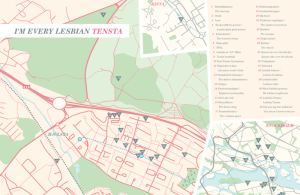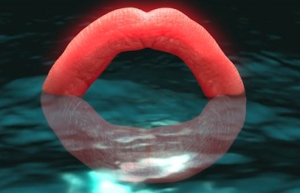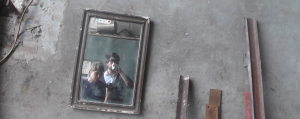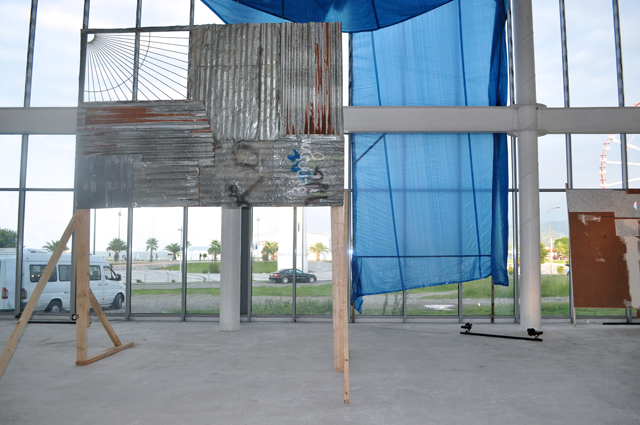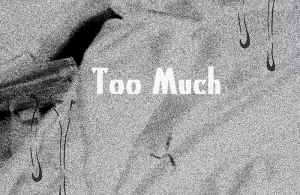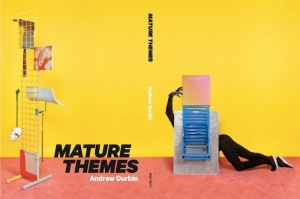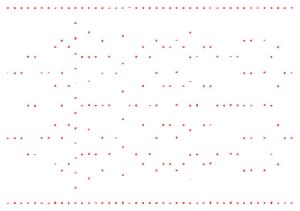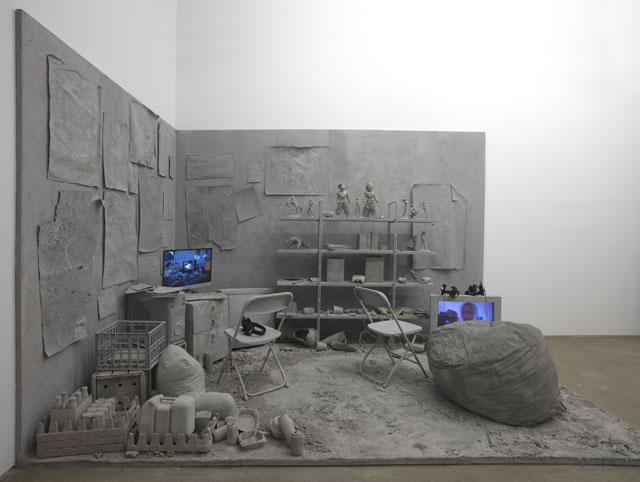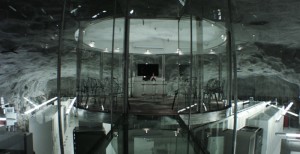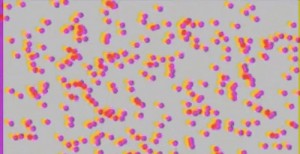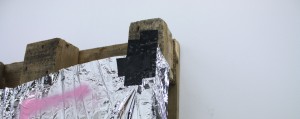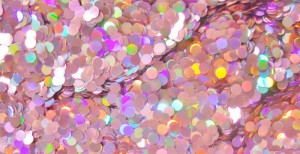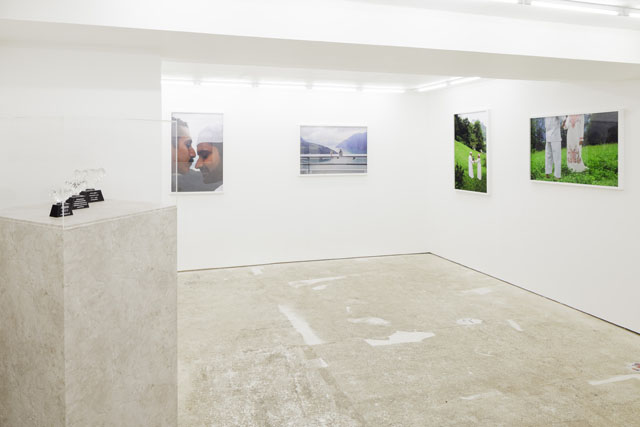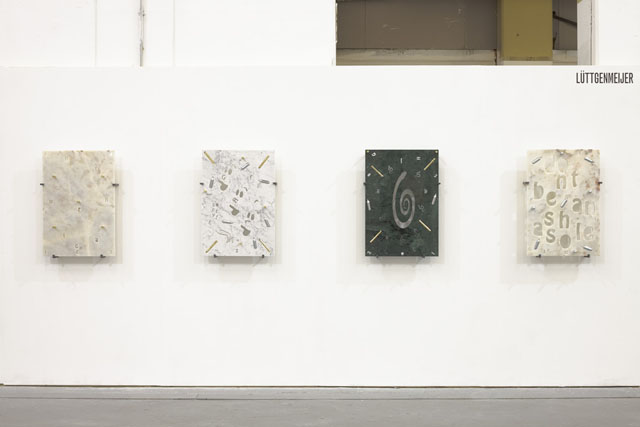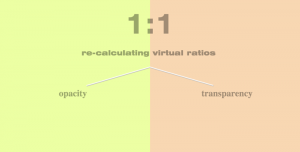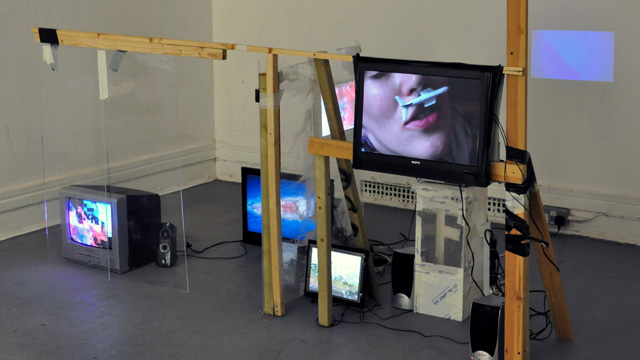“It’s funny, because a lot of people think of me as someone who produces theory,” says Hannah Black, the British lilt of her voice amplified over Skype and harking back to the 90s UK teen dramas that lay the backdrops to my adolescence. “I did this talk with Evan Calder Williams and he actually described me as an artist and theorist, and I just thought that was so funny. As though I’m some sort of expert.” She laughs, and I do too, out of courtesy, but I’m not sure what there is to laugh about besides the self-deprecating modesty with which some of the most intelligent people I know reliably live.
Black is now in New York, having just finished her Independent Studio Program at New York’s Whitney Museum of American Art, following a half decade-long string of education stints, from film school drop-out to “very strange” art writing Masters at Goldsmiths. When I express surprise that she’s part of the Whitney’s Studio Program as opposed to its Critical Studies one that runs alongside, Black seems surprised in turn. To Evan, she was a theorist; to me, she is a writer. The fact that she does anything else strikes me as secondary, not because she is not good, but because she is already so good at writing.

When she talks, Black is breathless, seemingly bursting at the seams of her own mind. She dismisses feminist waves with one sentence, invokes Marx and Shulamith Firestone in the same breath, says things like, “she just gets completely fucked over through all the factors by which beautiful, celebrated women are usually fucked over,” when asked about Whitney Houston. She finishes a sentence out of ten, her train of thought unfolding less like a linear theory and more like a sky of fireworks exploding in unison. When she does finish a sentence, it is skillful, the kind of line someone would post on Twitter to show that they, too, read incisive things.
But Black is, as she says and the Whitney Museum confirms, more than a writer; or rather, she is more than any one thing. She is one in the slew of artist-cum-theorist-cum-writer-cum-curators working the post-internet contemporary art scene, though perhaps it is more fitting to say that she is one of the best. Often, for those that do many things and dabble in many trades, the cumulation of their work is necessary to appreciate its success; with Black, the merit of each piece stands alone, each medium working to answer questions the other couldn’t.
Apart from your writing –which you do a lot of, and well –what other mediums do you work in?
Hannah Black: I mostly work in text and in video, and I’ve also been doing these latex drawings/hangings/tapestries, but I see them all as linked and there’s often a literal bleed between them – something that I can’t accomplish in one medium will reappear in another. The writing and the art are continuous; it’s not just that I write and it explains the video, or vice versa.
For example, the essay ‘K in Love’ for The New Inquiry is actually a failed video, or at least an unfinished one. And in that piece, which is about this process of substitution and also about undercover cops, the substitution of the love object became just a text. But then, in the opposite sense, the ‘My Bodies’ video came out of a failed essay that LIES Journal, a really great material feminist journal, asked me to write for their new issue. And I tried to write this thing about the abolition of the body, about this idea that if we were to abolish gender—if that could even be a serious political horizon—it would involve a complete re-imagining of the conceptual train of the body, an unthinking or de-creating of this idea of having a body.
But I couldn’t cohere it all into this proper theoretical thing—I couldn’t write it as theory, I couldn’t even write it as writing. So in the end, as much as the video is an oblique take on that, for me it really expresses what I was trying to say. And for the first part of the video—which is kind of a joke and I hope is funny—I was literally Googling “CEO” and “executive” and found these corpulent white guys in these classic business poses, overlaid with the voices of mainly female African American musicians singing “my body”—kind of exploring who does and does not have a body in our society. And then the second section of the video sort of takes the model of re-incarnation to ask the question: if you came back, would you choose to have the same body or not? Would you have the body of a woman again? Or a woman of colour? The body is always a vector of domination; having a body is a signal of your vulnerability to the world.
So one medium seems to answer the other’s deficiency. What do you think of the “self-consciously feminised” craft tradition of artists like Amalia Ulman and Bunny Rogers.
HB: Bunny literally does things like beading and cloth flowers and iron-on badges, and some of the things coming out of her studio are very much in that register of softness, but I think to even include them in that scene is to give the scene more credit than it deserves. Not everything has to be judged on its own ideas about itself, but it just doesn’t seem like a very interesting one.
In terms of Bunny’s work especially, there was something quite enabling to me about that – being able to do these latex sculptures and latex hangings. It made me feel like it was fine to do something messy and handmade. I was going to have them professionally cut, but then in a conversation with Jesse Darling, who is an artist and a very good old friend of mine, she said, ‘no, you absolutely should do this by hand’. And it was true—the experience of cutting the latex by hand is quite intense, and evokes, for me, anyway, this self-harm/emo kind of thing, but also a kind of loving gesture. I felt personally very enabled by the idea that you could bring in this teenage-girl-hand-crafted feel to your pieces and insist on them being an important realm of cultural production.
When I read “self-consciously feminised”, I didn’t at all think about the fact of these artworks being hand-crafted, but it was actually the reference to household things that women were historically enslaved by.
HB: I think you’re absolutely right; the handmade-ness isn’t necessary to it. But there is something about this minuteness, especially with something like beading, that happens on this incredibly minute scale. It’s like a refusal—of its own importance, perhaps—which is actually quite an interesting counterpoint to this pompousness of some of what I see as this post-internet indication of industrial production or commodity production.
I know you’re very involved with The New Inquiry, co-founded by Rachel Rosenfelt, and also with Adult Magazine, founded by Sarah Nicole Prickett, both pretty great feminists in their own rights. What do you think of this female-fronted literary scene that’s growing out of NYC?
HB: That’s interesting, because their projects are quite different. I came into writing for The New Inquiry through Jesse Darling, who at the time was doing this section in which she was framing as texts things that could also operate as artworks. So I contributed pieces like ‘Value, Measure, Love’ and ‘Further Materials Toward a Theory of the Hot Babe’, which were both performance texts to begin with.
But now that I’m here, I’m more aware of them being literary scenes. [Rachel and Sarah] are both amazing in terms of promoting women, supporting women, giving platforms to women in different ways. These things are still important, but it’s also almost embarrassing that that is still important. That you still have to say: ‘You should publish women. You should publish people of colour’. And I would also hazard to say that the more bro-y the publication, the more likely they are to pay you, so there’s that.
In your ‘You are Too Much’ essay, you write: “Love at present is always about gender, just as beauty at present is always about white supremacy.” What do you mean by that?
HB: I’ve been thinking about that a lot recently. Of course, like with anyone who does this relentless interrogation of concepts like these, ideas of love and beauty are very important to me—a deeply attractive proposition. But at the same time I think about how those terms have operated in my life, as signs of not having, as signs of lacking, as things that have been regulated in my life quite intensely in ways that have been painful. I’m not sure that these terms can be salvaged. I mean, I guess they have to be because they’re still being used, and there’s no reason to set yourself against reality.
Love is about gender in that it always seems to invoke things that are coded through masculinity and femininity, even when the people in the relationship are queer. We still heavily rely on these kinds of narratives. There are a lot of really commonplace things about straight courtship that are horrifically rape-y. I think when you try to talk about these concepts, though, they often fall really flat.
Love and beauty are completely fissured and fucked over and produced by structures of domination. Like, who is beautiful? And, as with someone like Lupita Nyong’o, there are sometimes efforts to try to expand the category of beauty to include dark-skinned black women, but you see how much effort that takes in terms of making a statement in pop culture. When you see how people, how African American women, react to public figures like Beyoncé or Lupita, you have to understand it as a register of how negated people feel even in terms of the ‘legitity’ of their existence.
Your work deals a lot with both feminism and communism, though the two have a complicated history with one another. What’s your perspective on that?
HB: Last year, before I left London, I was very happily involved in this feminist Marxist reading group. There is a long tradition of Marxist feminism, and to me, they don’t seem very different. I didn’t know a lot about the suffragette movement, for instance, but came across its history in the The Dialectic of Sex where Firestone talks about how the idea was for women to get the vote and then not vote. It was a kind of anti-state politics, and a lot of these issues are more radical than they get depicted as.
I don’t want to end up sounding like I’m subordinating feminism and struggles against white supremacy to a logic of class or capitalism, but there are ways in which they sort of fold into each other. The problem is when you try to get Marxist bros to read feminism, and they just don’t care. They literally just don’t care about women. I mean, if you subordinate race or gender to class, you’ve already stated your politics, you’ve already said that you don’t care about racism or sexism.
I don’t want to do that, but at the same time there is a structure of thought to Marx and way of grasping things that’s been so helpful to me. Understanding that inequality and suffering are produced and reproduced by capitalism is really helpful. I don’t want to do a banal critique of Lean In feminism but it is true that will always be a sort of betrayal—not everyone can be Sheryl Sandberg.
In “Value, Measure, Love”, you use the mechanisms (or perhaps just the fates) of capitalism and love seemingly interchangeably. What do you see as the parallels between them, how they function, and their points of dissonance?
HB: That came out of a specific moment in my life – out of a kind of relationship, or non-relationship. I’d never felt very strongly identified with being a woman; I’d always had this mildly gender dysphoric womanhood. I’d dated men but found it stressful, and tended to ascribe that stress to myself in terms of I’m not good at being a woman. And that was partly about race, of course; I went to a very white high school, so I didn’t have a lot of images of what it was like to be both a woman and a mixed-race black person. I was the little girl who would drape a towel over my head and pretend it was my long, beautiful, white-girl hair. I had this sort of slightly tragic relationship to blackness.
And then I found myself in this relationship with this person who was not very nice to me, and it made me feel like, oh, I guess I’m a woman. It was through this completely awful, kind of abusive scenario that I felt, I must be a woman because you treat me how you treat women. In that sense, this ‘Thingness’ of being a woman is what a lot of young women who engage with feminism struggle with. Because you start with this almost ecstatic repudiation of what suppressed you: Fuck you! I’m not doing this! I’m not doing that! But in what is basically still a completely patriarchal world, there’s really not much outside of patriarchal social validation. So it’s not an analogy with capitalism, but is literally happening with it. You have to almost consent to this self-erasure in order to survive in the world.
What’s next for you?
HB: I’m working on a joint project with another artist that will probably end up a video. And I’m writing a text for Bunny, who has a show in Berlin coming up. And I’m going to continue writing for The New Inquiry and being an editor for them. Just trying to make enough money not to become destitute.
That’s the dream. Falling somewhere north of destitution.
HB: We’re all doing these magazine interviews and no one is getting paid very much, but we’re all very supportive and interested in each other. Like a little mini communism, but with more possibility of starving to death. Yeah, we’re all fucked. But interestingly fucked? **
Hannah Black is a New York based artist.
share news item
